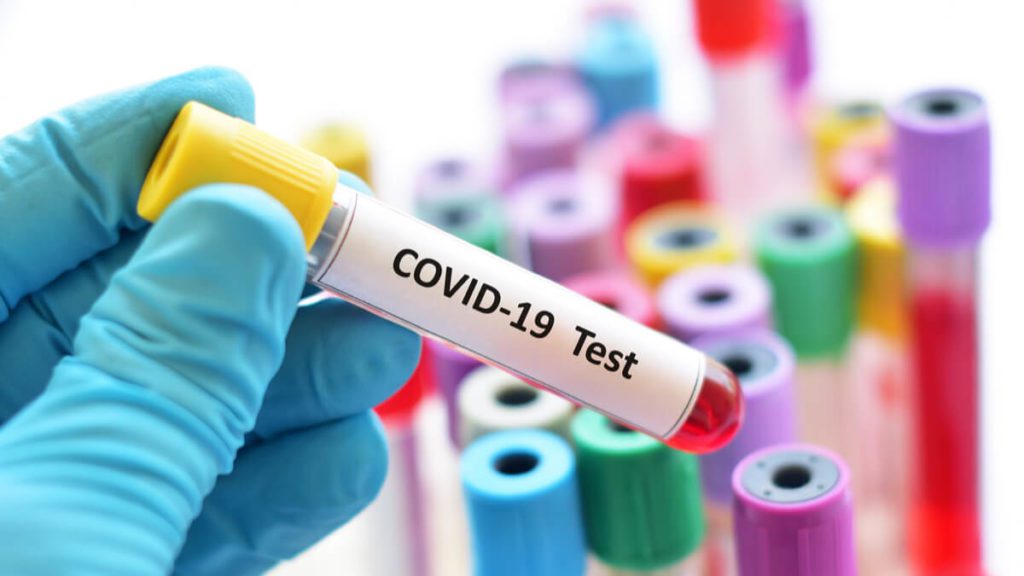
Covid-19 mass testing should be an integral part of any plan to navigate the pandemic. The main objective across the board would be to incrementally ease lockdowns, curfews, and restrictions, open up and revive the economy, all while avoiding a second-wave. Testing is key to all of this. Without proper strategic testing, we cannot effectively isolate, contain and subdue any new pockets of infection.
Governments and institutions, especially those in developed countries, have all the tools they need to begin mass testing and start alleviating confinement. Ideally, restrictions wouldn’t be lifted until a vaccine or effective treatment is created, but that is sadly some time away, and so other measures must be implemented.
The questions to ask would be: What to test and how?
The answer to the first “what to test” is shorter: There are two types of tests, molecular diagnostic testing (RT-PCR), and serology tests. The first, is a standard test to identify whether the person is currently infected or not, and gaging the percentage of infected people within an area or community. The second, reveals whether the person has been infected before, and has developed antibodies. This is to allow people who have developed an immunity to return to work safely, and to provide samples and data that could help in vaccine development and better understand the virus.
The “how” is a slightly longer story. One of the most effective strategies that have been tried and tested by other nations such as South Korea is ‘Testing, Tracking, and Tracing’ – or TTT.
- South Korea used techniques such as drive through testing sites and thermal imaging cameras.
- Tracking, at least in South Korea, involved the obligatory downloading of an application that notifies authorities if a subject breaks quarantine, for which they would be heavily penalized.
- Tracing of course, involves using a person’s location data to determine if they might be infected, map out where they’ve been and warn anyone living in those areas. Information may include details from a person’s phone, credit card, and facial recognition for locating the subject. This obviously brings up major privacy and human rights concerns, but most people can put aside their privacy temporarily – hopefully – in a time of crisis, if it means keeping their loved ones and communities safe.
Another technique for COVID-19 mass testing is known as “Assurance Testing”. Simply put, organizations, communities or even entire towns can request that their members be tested as a whole. This means that testing kits can be supplied on demand for an entire group, easing the organization, logistical strain, and procurement of medical supplies. It is an effective way of opening up the economy slowly and methodically as each office building or company that gets tested all together can pretty much return to work. If infected individuals are found, measures are taken.
It seems like COVID-19 mass testing is the only way out of this mess. We can’t all sit at home; someone has to run all the machines and keep society marching on. But things cannot go back to normal so quickly and easily either. Strategic implementation is key.